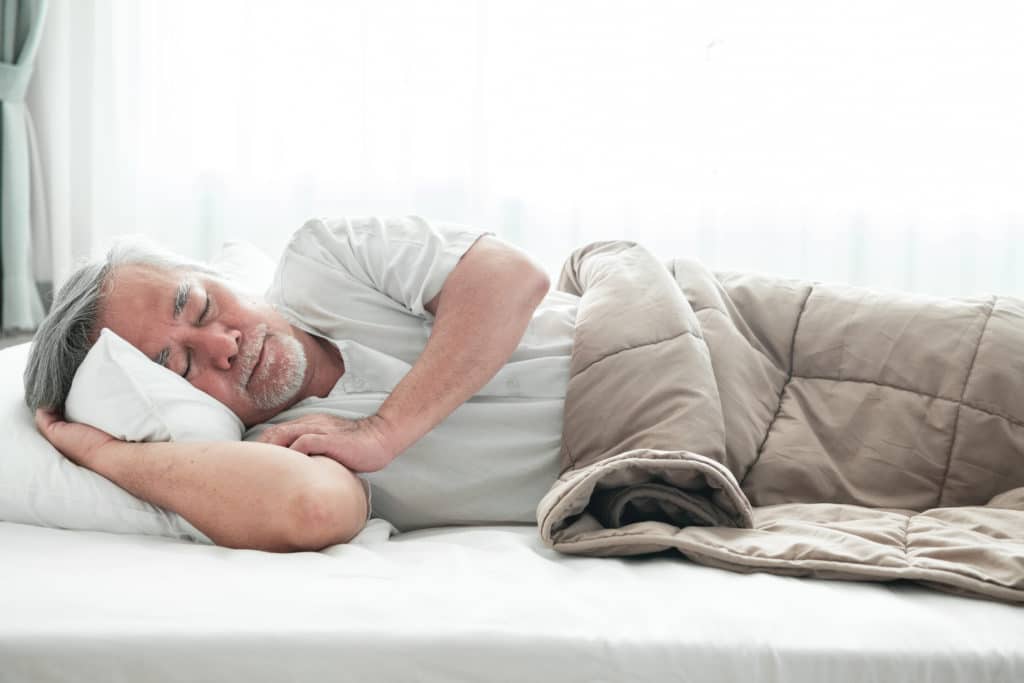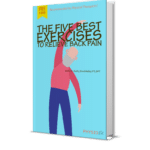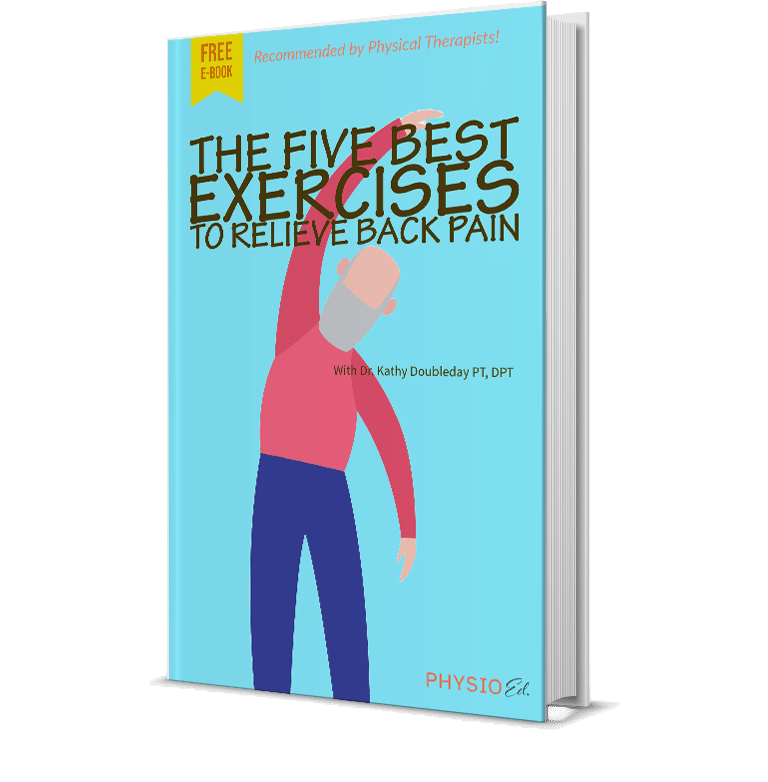When you are dealing with back pain lying down on your back with your legs elevated on pillows or on the couch arm is the most decompressive position to rest the back and is the best place to start with acute pain.
Low back pain is an extremely common complaint, with approximately 80% of the population suffering from low back pain at some point in their lives. One of the main issues that people with low back pain report is decreased sleep quantity and quality.
Why is this concerning?
Poor sleep quality has been linked to numerous negative health consequences, including an increased risk of obesity, Type 2 diabetes, depression, coronary heart disease, and high blood pressure. In this article, we’ll discuss ideal sleeping positions, tips for selecting a mattress and pillow, and some ways to improve your sleep hygiene, which will hopefully set you on the path towards better sleep.
So what are the best sleeping positions for lower back pain?
Back Sleeping
Sleeping on your back is the optimal sleeping position if you have low back pain because your weight is distributed over a large surface area, which helps to minimize the stress placed on your spine. Sleeping on your back also allows your spine to remain in a neutral alignment, with your ears, shoulders, and hips all properly aligned. If you prefer sleeping on your back, try positioning a pillow under your knees and a small pillow in the curve of your lower back to help maintain the natural curvature of your spine.
Side Sleeping
Another position to try if you have low back pain is side sleeping as this position also allows you to maintain a neutral alignment of your spine. If you prefer sleeping on your side, try positioning a small pillow between your knees to help take some of the stress off of your lower back
Sleeping on your side with your knees pulled up towards your chest in a fetal position is an ideal position if your low back pain is the result of a disc herniation. This fetal position take pressure off the irritated or inflamed spinal nerve by opening up the space between the intervertebral discs.
Keep in mind that if you’re a side sleeper, you should switch sides regularly to reduce the risk of developing muscle imbalances.
Stomach Sleeping
If you have low back pain, it’s best to avoid sleeping on your stomach because this position places increased stress on your lower back and can actually lead to increased back pain. Unfortunately, many people find that sleeping on their stomach is the only way they can get comfortable at night. If you must to sleep on your stomach, try to sleep with your head directly on your mattress (or on a very thin pillow) and place a small pillow under your abdomen to help maintain the natural curvature of your spine.
Selecting Your Mattress and Pillow
Choosing the right mattress and pillow can go a long way to helping you get a good night’s sleep if you suffer with low back pain. However, with the wide array of products available this may seem like a daunting task. While personal preference is ultimately going to decide which mattress you choose, research has found that a medium-firm mattress helps to relieve lower back pain. And while it seems like a big investment, replacing your mattress when it starts to visibly sag in the middle or when it’s no longer comfortable (usually around 10 years or so) is essential as the materials in the mattress eventually break down and provide less support for your body.
When it comes to choosing a pillow, look for one that is specifically designed for the position that you most often sleep in—side sleeper or back sleeper—as this will help keep your spine in a neutral position.
Additional Sleeping Advice
There are a variety of other things you can do to improve your sleep hygiene, which will help to improve both your sleep quality and quantity, including:
- Go to bed and wake up simultaneously each day (even on weekends!).
- Ensure your bedroom is cool, dark, and quiet.
- Avoid using electronic devices (cell phones, TV, etc.) in your bedroom.
- Avoid large meals, alcohol, and caffeine before bed.
- Regularly exercise, but avoid strenuous exercise for at least a few hours before bed.
- Engage in a relaxing activity before bed (hot bath, reading a book, etc.)
Conclusion
Getting a good night’s sleep if you suffer with low back pain may seem impossible. However, finding the optimal sleeping position for your body, investing in a good mattress and appropriate pillow, and improving your sleep hygiene can help you get a better night’s sleep and reduce your risk of negative health consequences associated with poor sleep.
You can find more senior health resources including online fitness classes and prevention advice at the Physio Ed. website, PhysioEd.com “Active for a Lifetime.”
Sources
- https://pubmed.ncbi.nlm.nih.gov/20842008/
- https://pubmed.ncbi.nlm.nih.gov/21190045/
- https://www.ncbi.nlm.nih.gov/pmc/articles/PMC2697581/
- https://www.webmd.com/back-pain/sleep-tips-for-back-pain#1
- https://www.spine-health.com/wellness/sleep/choosing-best-mattress-lower-back-pain
- https://www.cdc.gov/sleep/about_sleep/sleep_hygiene.html








